|
The water levels in the reed beds are significantly lower than normal for this time of the year, up to 24" in some places! This means a lot of the normal nesting areas are unusable however there are still suitable habitats in other areas for the bitterns, bearded tits and hopefully cranes!
0 Comments
On the bank of the River Cam small pools of water were dug out but have since been filled with silt and rubbish carried by the river. We have now cleaned out these areas to re-establish the still, shallow water bodies. The shape of these pools have been designed to create slack water which will deposit food from the river for fry and invertebrates, who will hopefully thrive in these pools where predators will be unlikely to reach them.
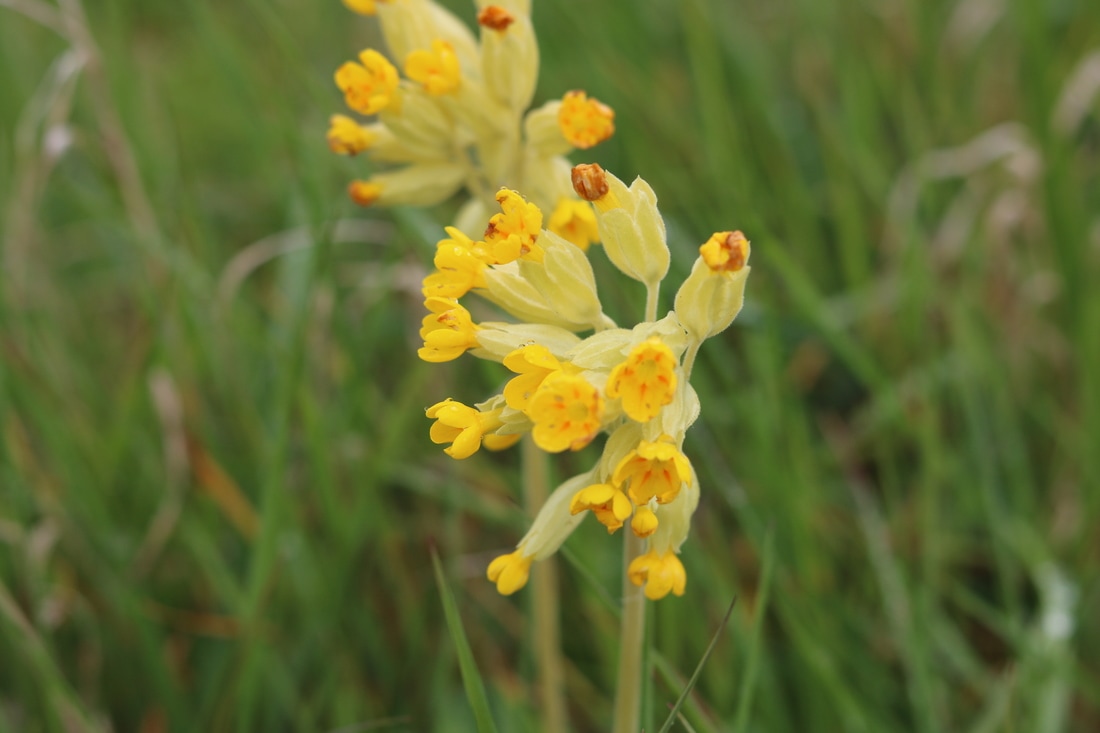 Cowslips Primula veris - The common name Cowslip may derive from the old English for cow dung, possibly because the plant was often found growing amongst the manure in cow pastures. The species name is veris; veris is from the latin meaning of Spring although the Primrose, Primula vulgaris, flowers earlier, from December to May in the British isles. Primula veris is a variable evergreen or semi-evergreen perennial plant growing to 25 cm (10 in) tall and broad, with a rosette of leaves 5–15 cm long and 2–6 cm broad. In Spring the flowers are deep yellow, in clusters of 10-30 blooms together on a single stem. Each flower is 9–15 mm broad. The cowslip is frequently found on more open ground than the primrose, including open fields, meadows, coastal dunes and clifftops. Unfortunately the Cowslip suffered a decline due to changing agricultural practices throughout the 1970s and 1980s in Britain. Therefore it may be rare, but where found it is likely abundant. Additionally the seeds are now often included in wildflower seed mixes used to landscape motorway banks and similar civil engineering earthworks where the plants may be seen in dense stands. Fortunately this practice has led to a revival in its numbers! The cowslips in Kingfishers Bridge are growing in larger numbers and more dense populations as well as reaching new areas for the first time. Kingfishers Bridge expert in Moths, Tim Bagworth started trapping in March. This has continued on almost a weekly basis, and although there were not many Moths flying in early, there have overall still been a significant number of catches. Here are some of the high lights below... A Moth TrapOn the 1st of April drilling began on the new peat cliffs. This is to encourage the (Common) Sand Martins Riparia riparia who breed colonially in vertical sandy or earth banks, near to water where they are often seen in numbers flying low hunting insects over lakes and rivers. The compacted peat was much harder than expected and it was arduous work drilling of approximately sixty holes, 70cm in length, and 5cm diameter. However, the 'back-breaking' work proved to be well worth while with immediate results, as Sand martins were already inspecting the new environment in the afternoon! On the 24th March 2017, there was a new edition to the Konik Ponies at Kingfishers Bridge. A Filly was born at approximately 18.00hrs. The above photographs show the Filly immediately after the birth, joined by its Mother and Sister from last year. The maternal bond is very strong in horse society, with daughters often staying with their mothers and sisters until sexual maturity. Only 15 minutes after its birth the Filly is endeavoring to take its first steps! The afterbirth usually passes within a couple of hours of birth and it is common for the mother to eat it, minimizing the scent left by the birth and reducing the chance of predators finding the foal in the wild. The Following Day...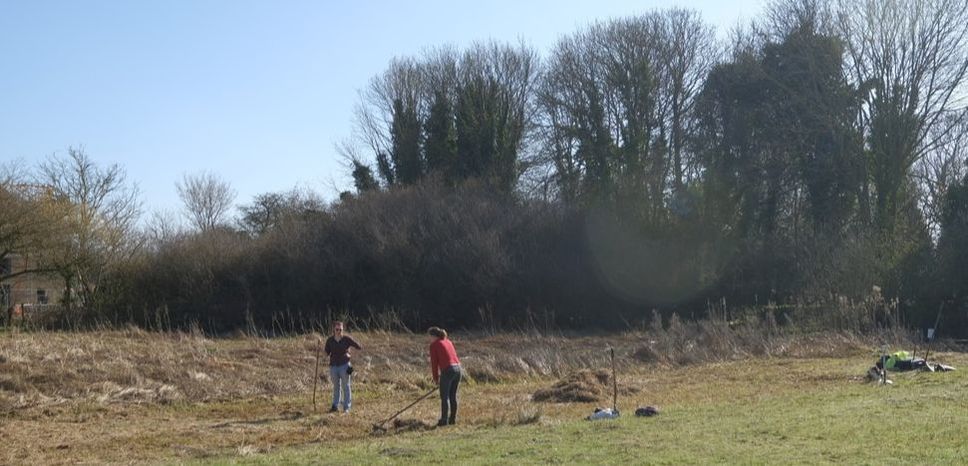 Volunteers from Kingfishers Bridge went to Burwell again on Wednesday to finish raking and removing the vegetation cut by the tractor to lower the nutrients available to dominant weed species. The weather seemingly Spring like, enabling a much needed break by way of a picnic! In The Pond...Toads forming a mating ball!The Pond was full of up to two hundred Toads!
After removing nearly 700 trees our contractors have done a wonderful job clearing the mess that Storm Doris left.Moving forward, we now need to have the timber removed from site as we have a proposed agreement with Natural England. We hope to extend the water bodies to include new ditches and scrapes, complimenting the adjacent habitats.
|
James MossReserves Manager at the Kingfishers Bridge wetland creation project in Cambridgeshire. Archives
February 2021
Categories |

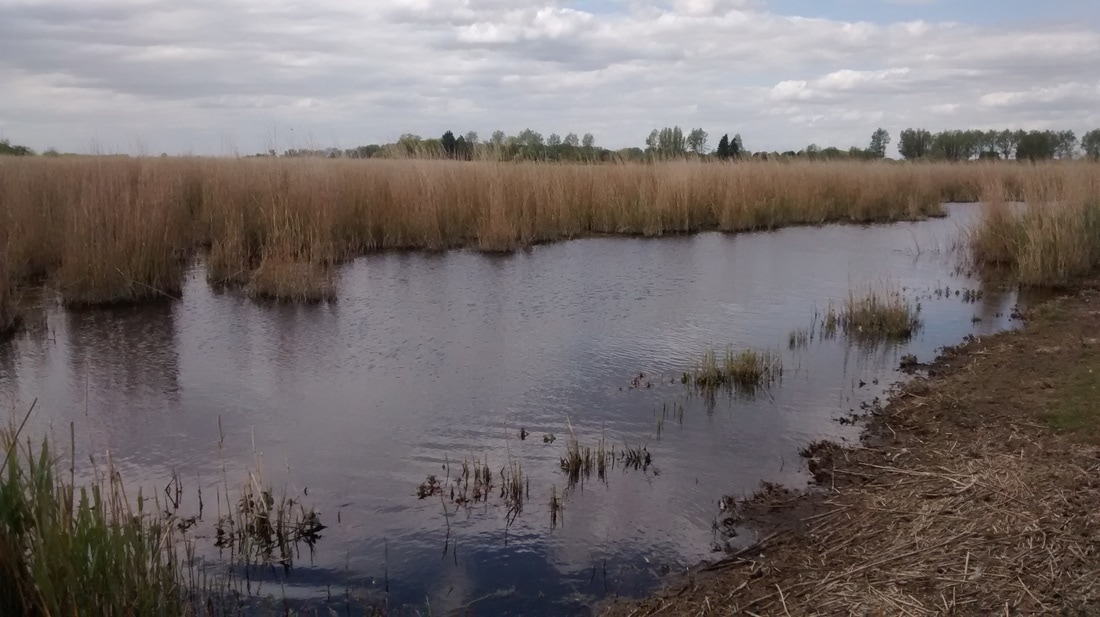
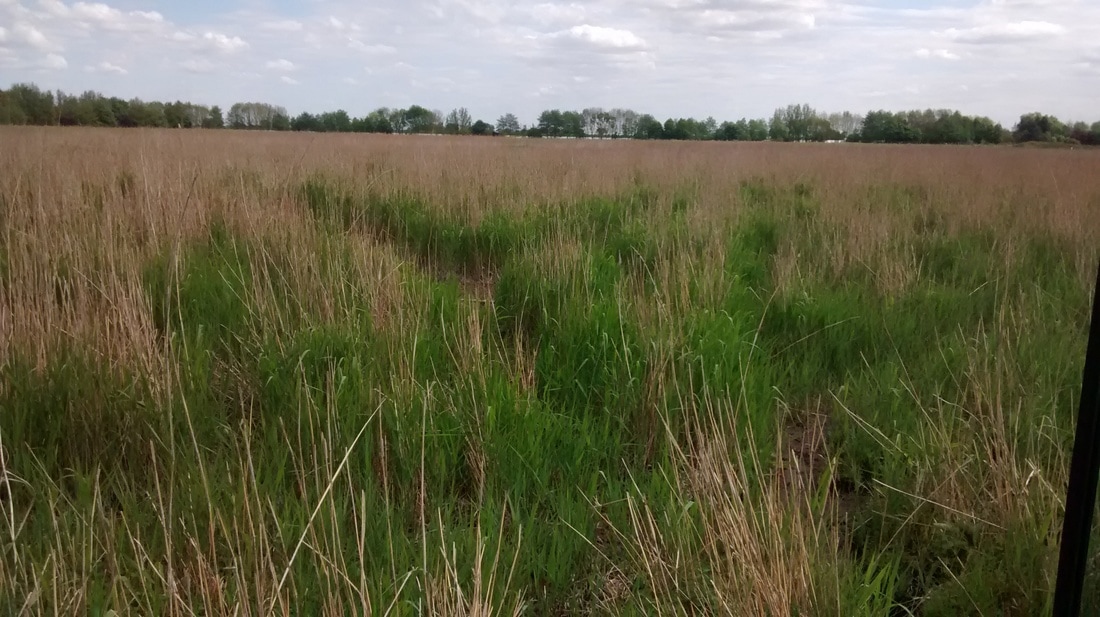
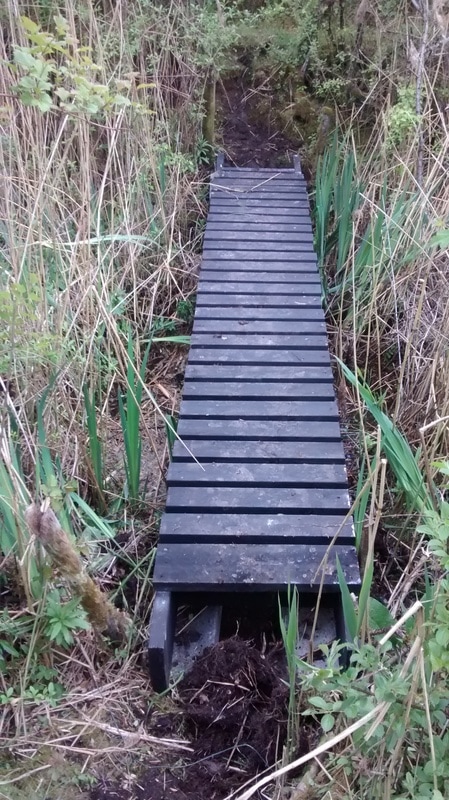
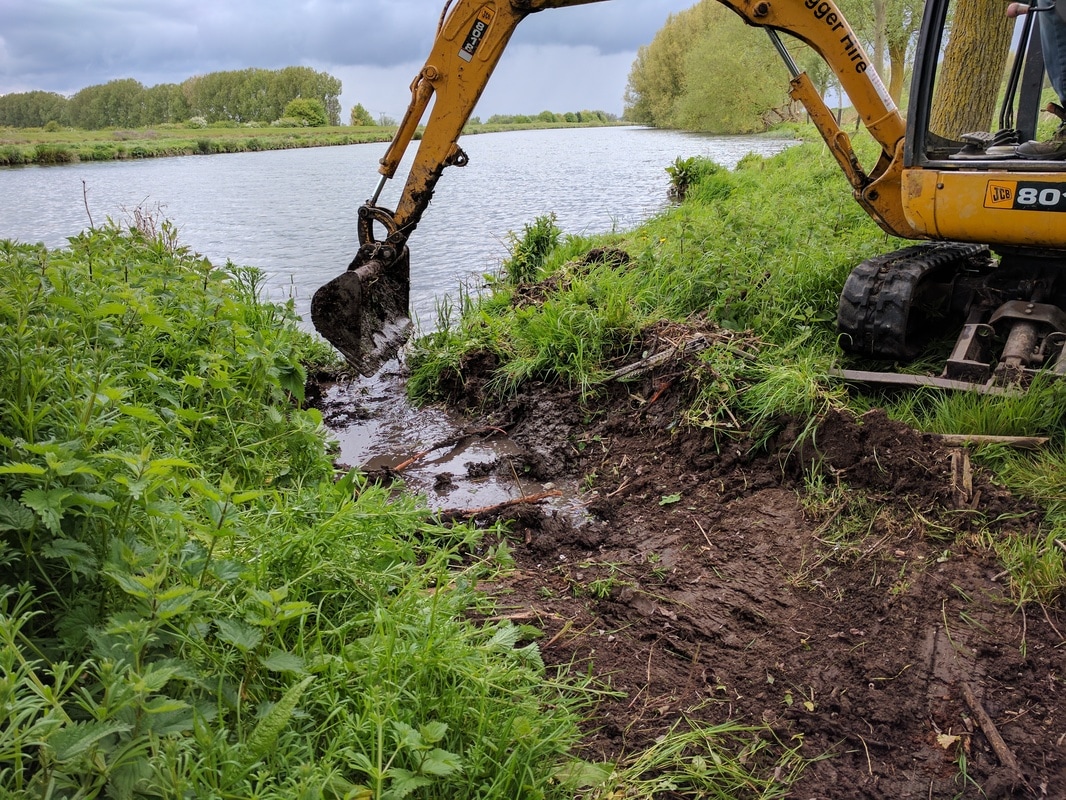
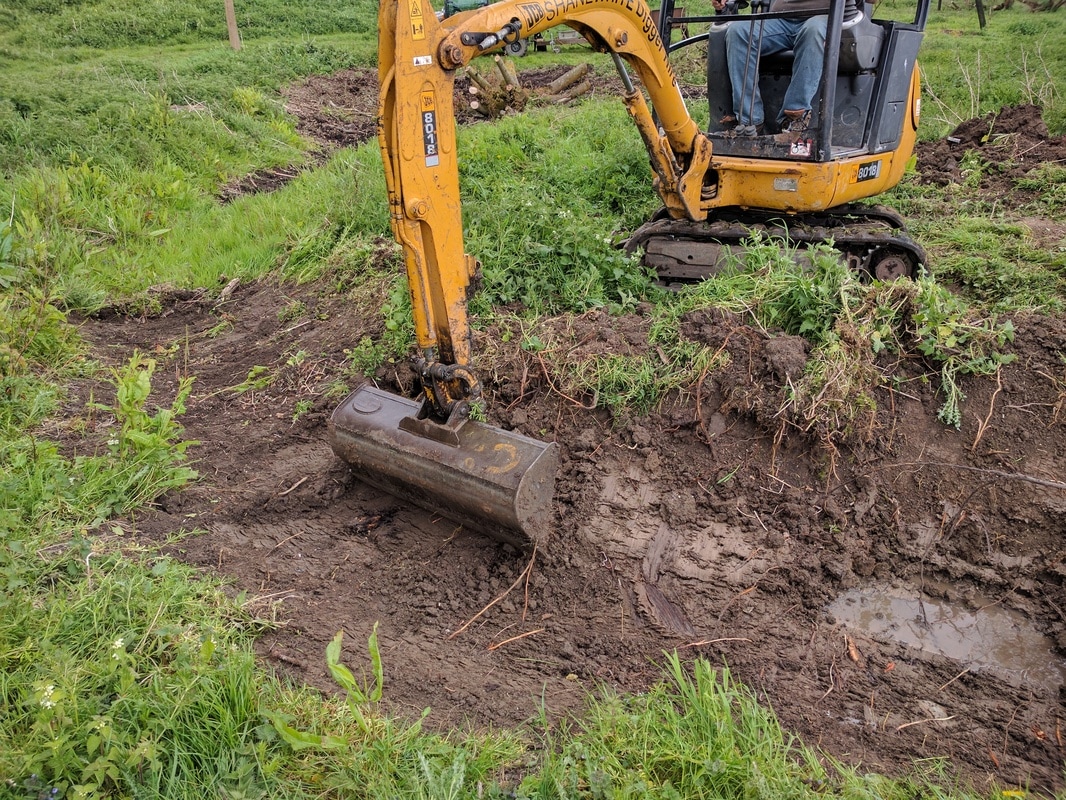
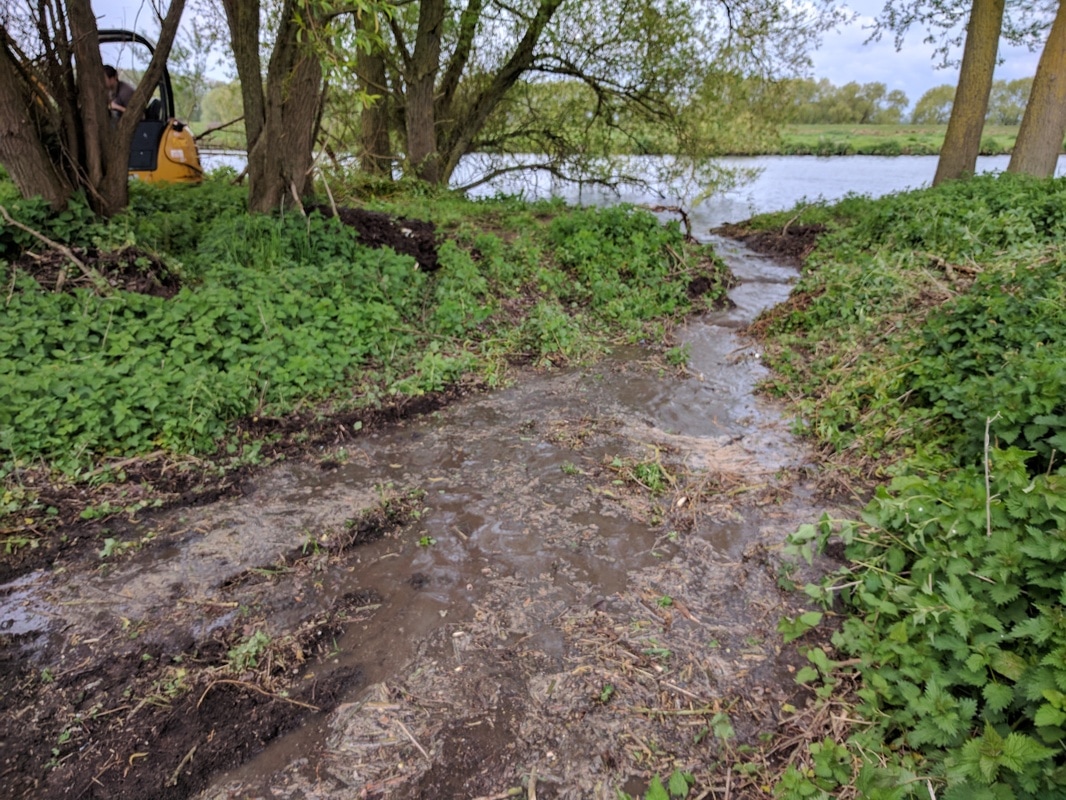
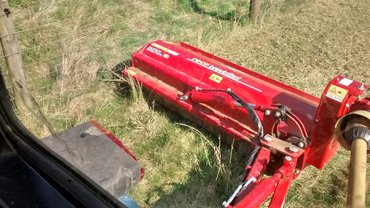
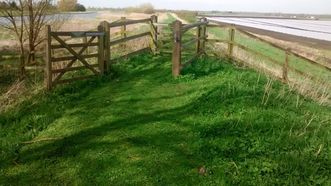
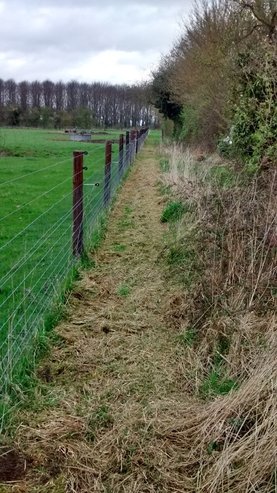
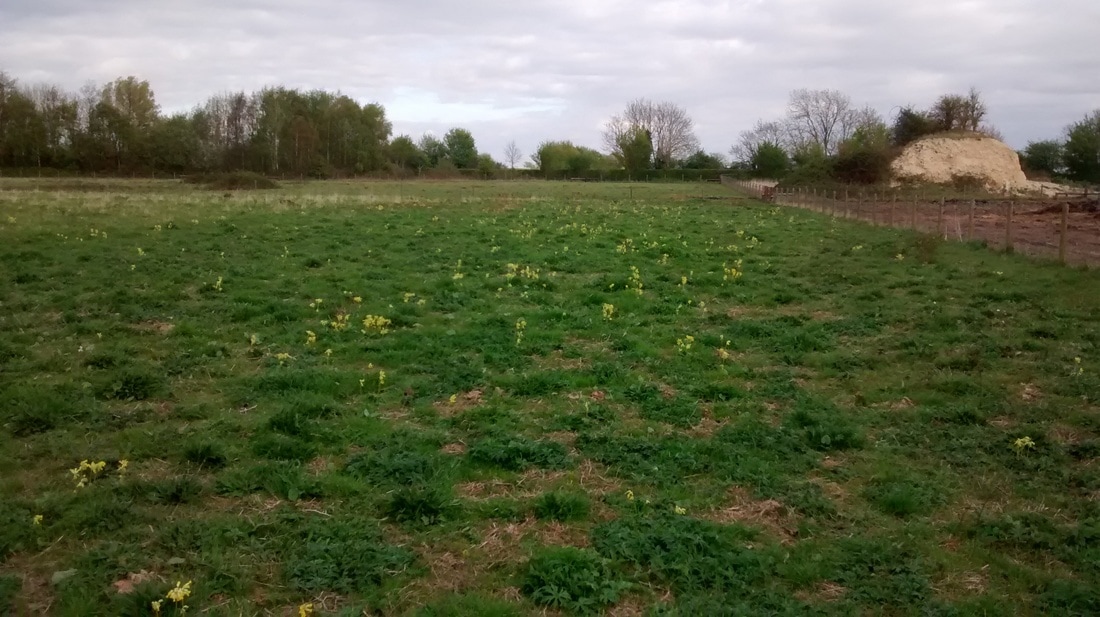
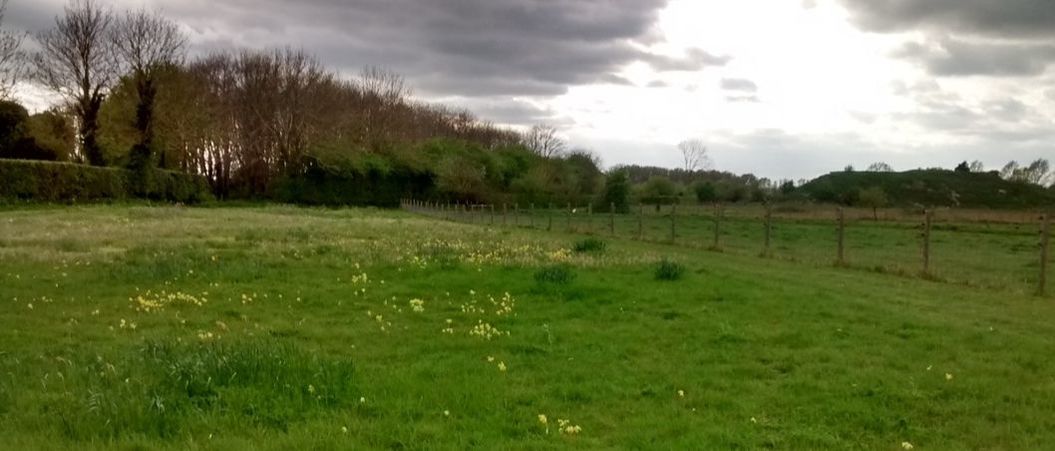
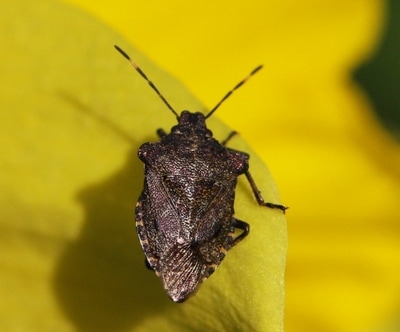
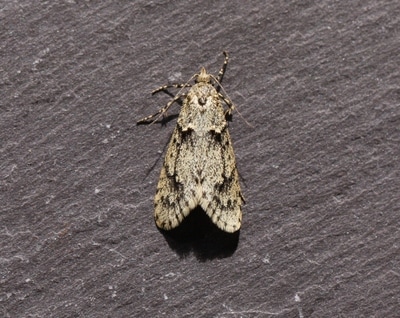
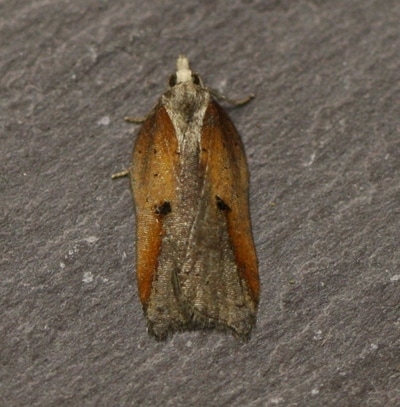
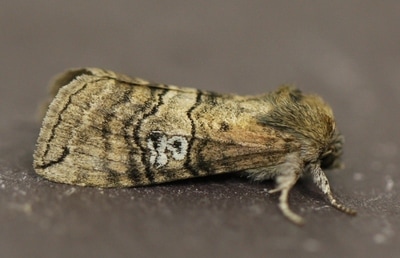
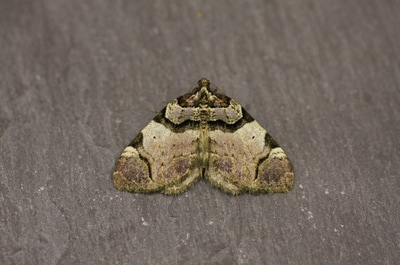
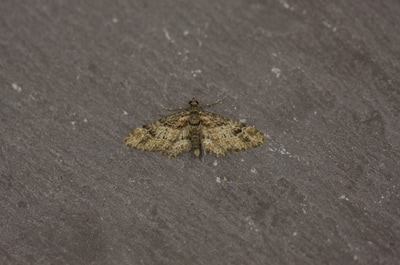
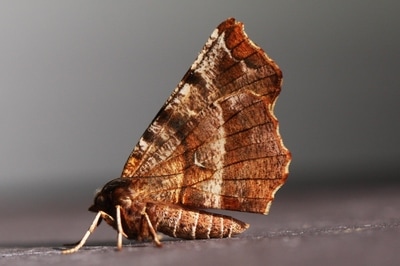
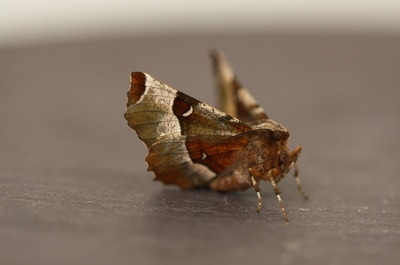
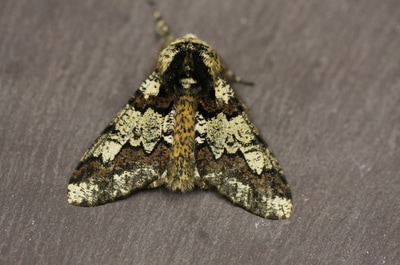
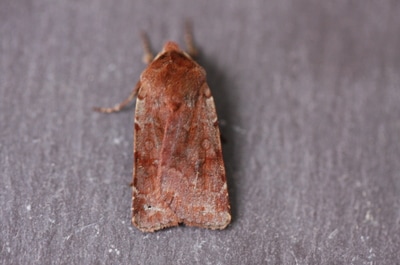

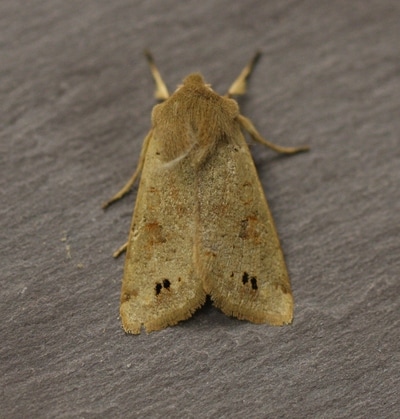
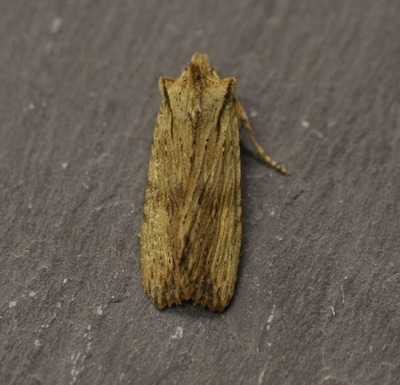
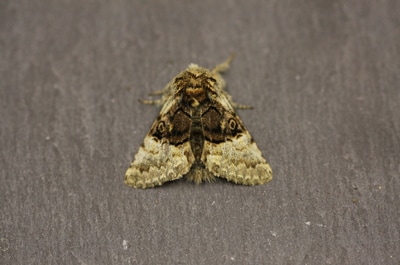

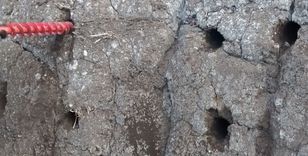
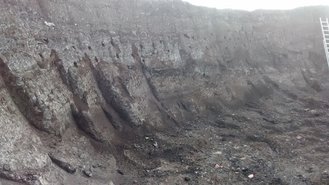
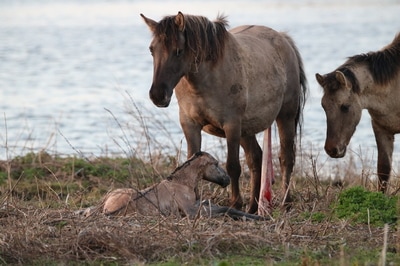
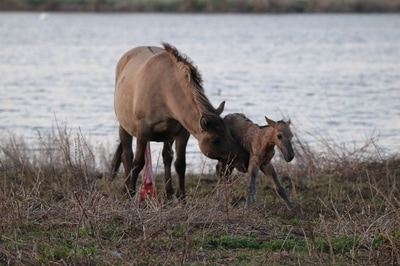
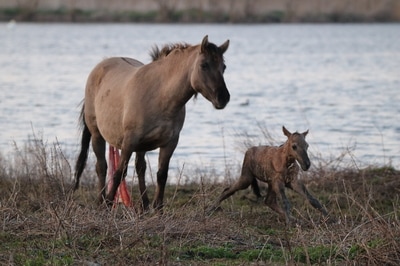
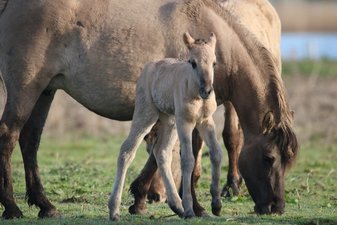
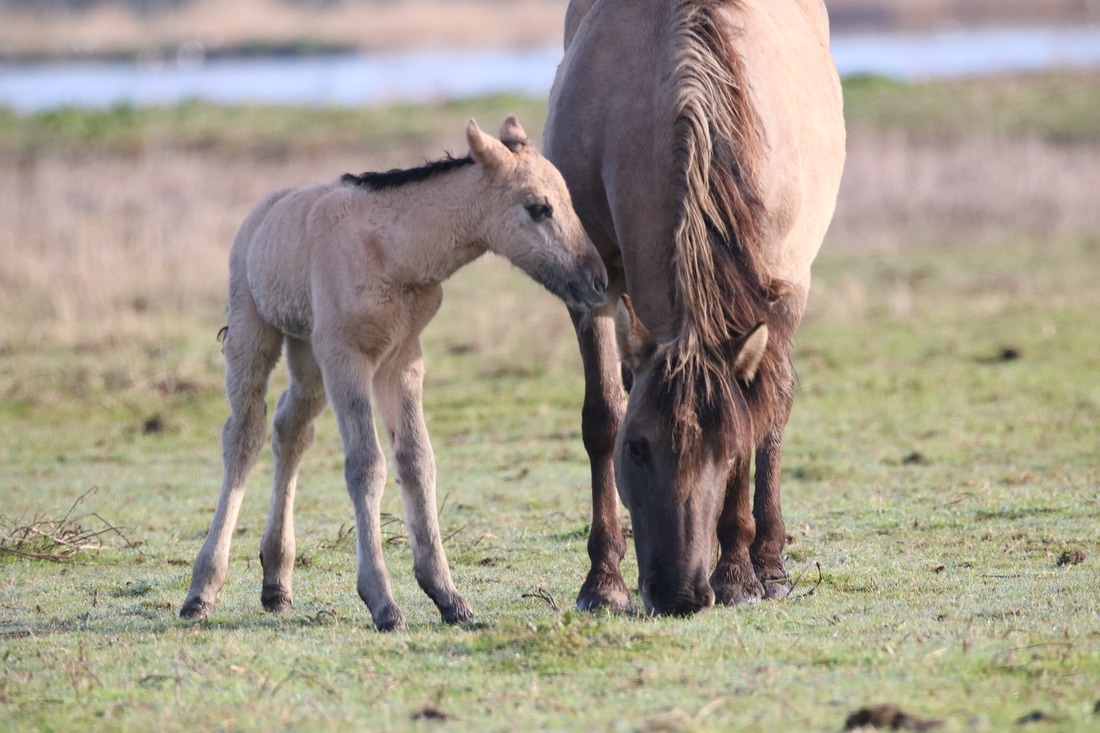
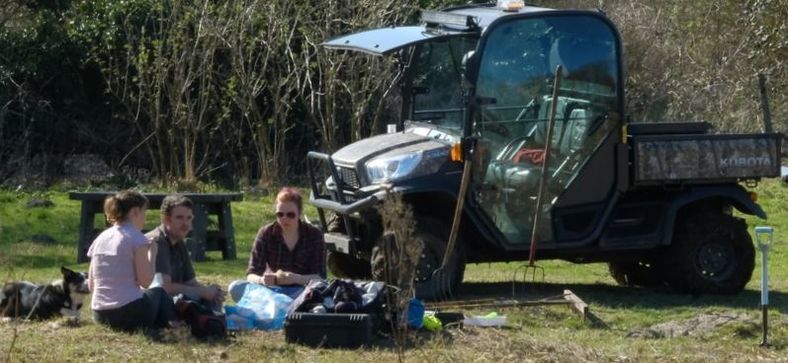
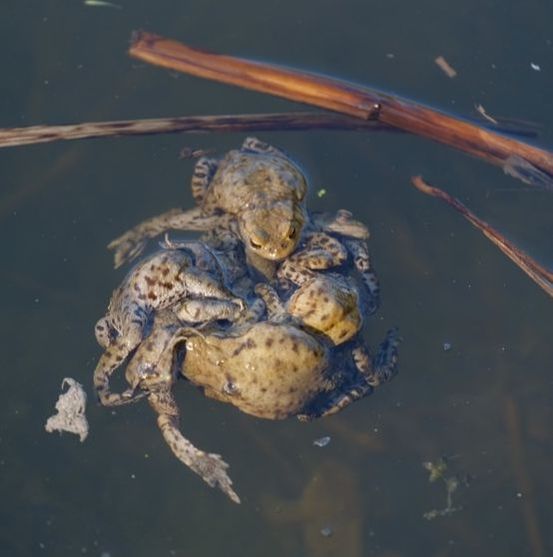
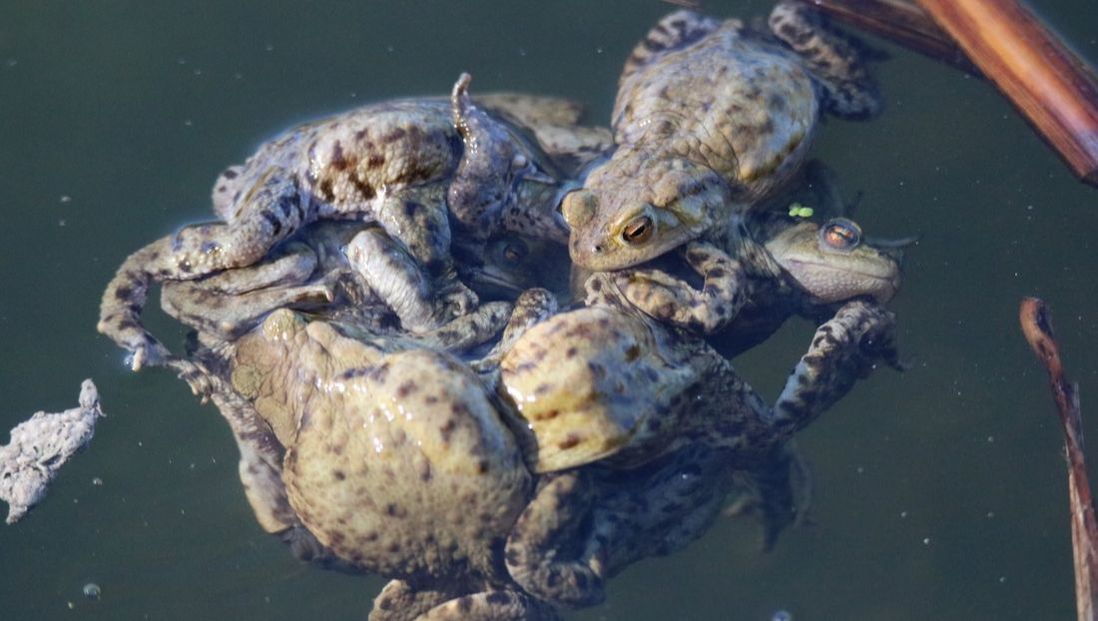
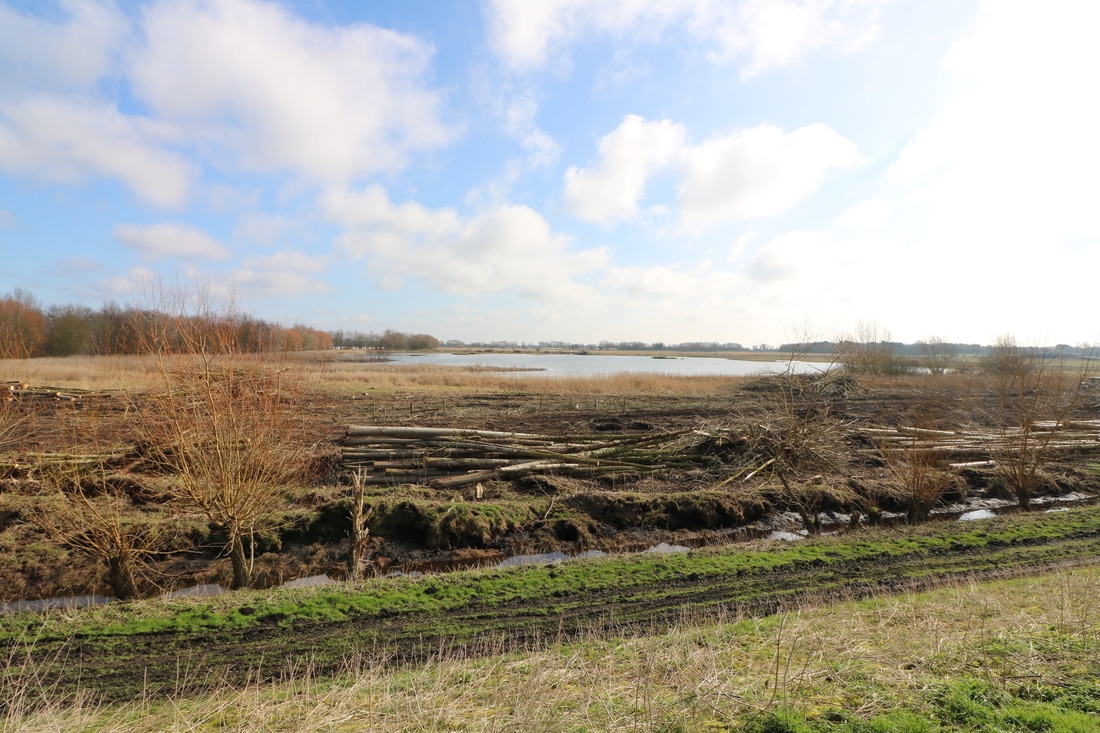
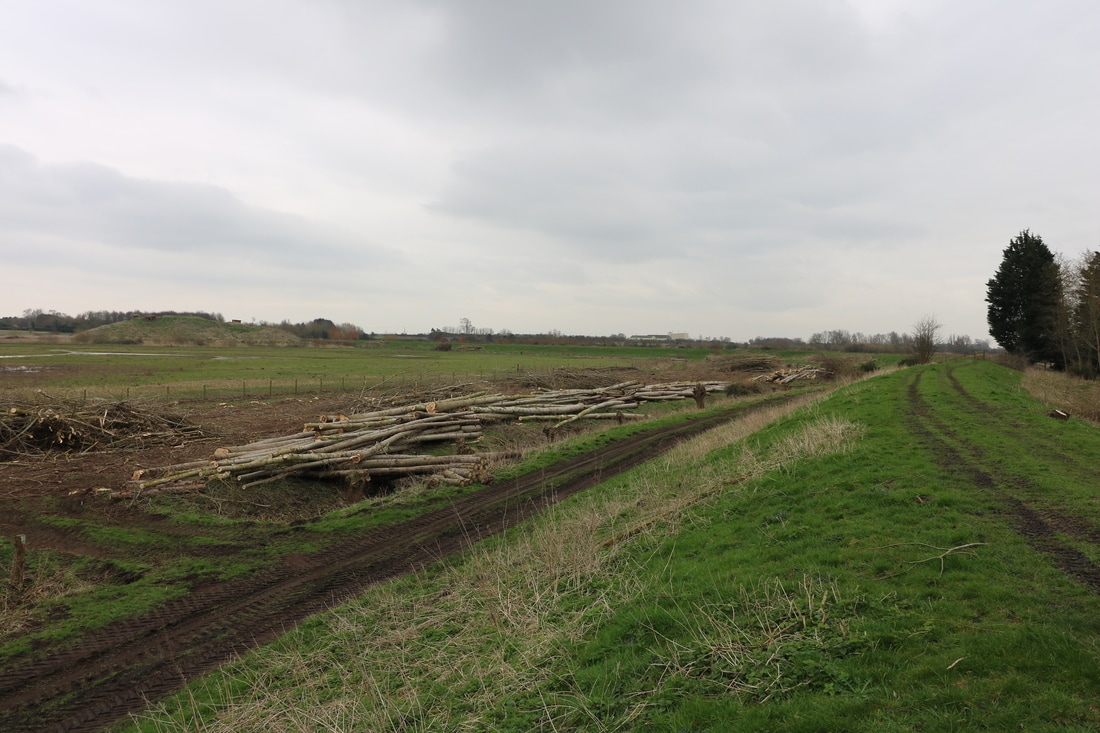
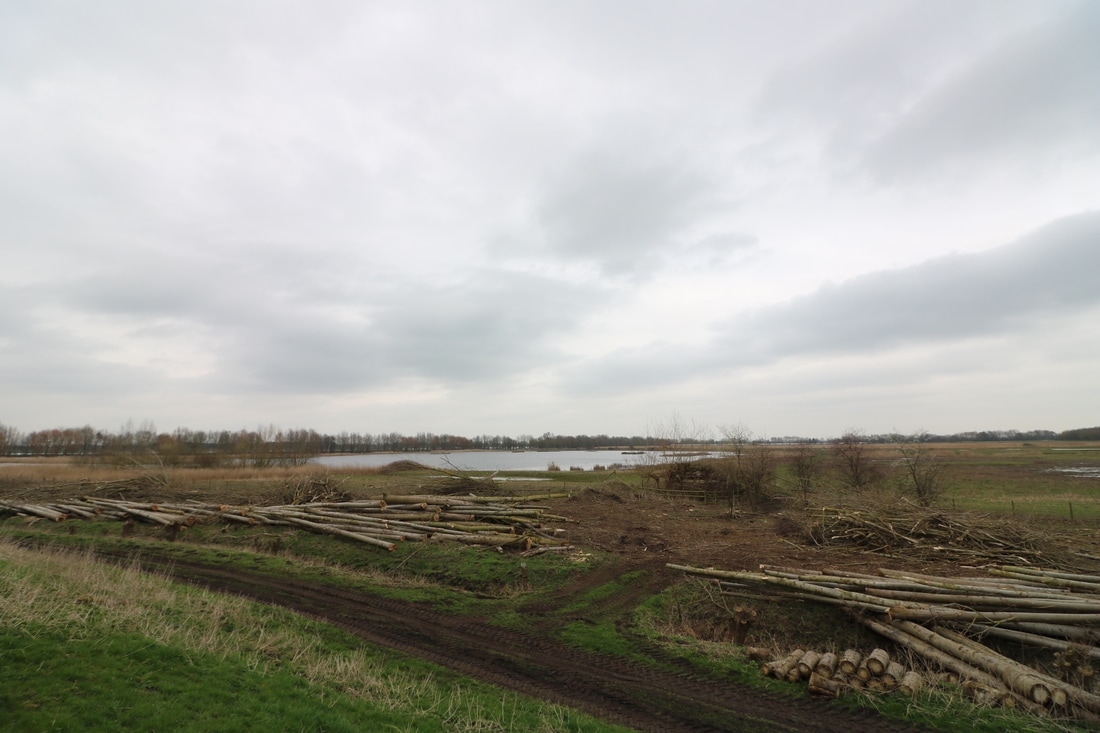
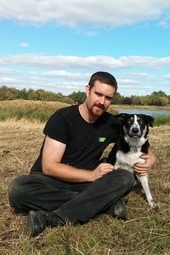
 RSS Feed
RSS Feed